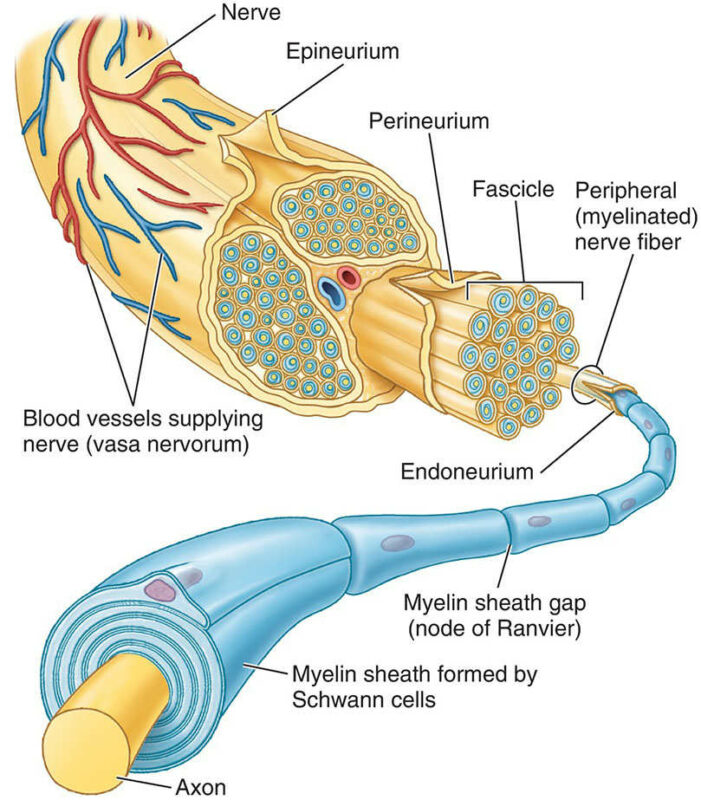
The effect of cold on pain has been known for a long time. Hippocrates left us with the first written records of the use of ice and snow for pain. Low temperatures were used by Egyptians in ancient times to alleviate various pains, the famous physician Avicenna even used low temperatures in preoperative and postoperative pain treatment. During the Napoleonic Wars, surgeons observed that half-frozen soldiers tolerated limb amputation without major problems, with virtually no anesthesia. The use of so-called Cryoanalgesia has improved over time and sophisticated forms of tissue freezing have been developed to affect pain. Today’s devices enable controlled freezing of nerve structures with a long-term effect, but also with complete nerve regeneration at certain time intervals.
How does cryoablation work
Minimally invasive cryoablation is a specialized technique that provides patients with a long-lasting pain relief effect by applying low temperatures to affect the pain pathways at the level of sensory nerves.
The mechanism of action is in principle very similar to that of local anesthetics, but the effect is much longer. This is due to both the influence of the conductivity of the nerve fibers and the disruption of the small vessels that supply the nerve tissue. To put it simply, the freezing process changes the structure of the surface parts of the nerve fiber, but without significantly interfering with the internal tissue structure of the nerve. This means that the disruption of the external nerve structure does not damage the internal nerve fibers and cells, which retain the ability to regenerate, for a period of about 6 months from the cryoablation. After regeneration, it is possible that the sensory function of the nerve will be restored without the presence of the original pain. If the pain returns, the procedure can be repeated.
The procedure is suitable for patients especially with the following indications:
- Facial and head pain
- Back pain in the so-called facet syndrome (pain in the lower back when the source of the pain are the facet joints and intervertebral discs) and damage to the SI (sacroiliac) joint
- Pain in large joints where surgery is not indicated
- Peripheral neuralgia
- Selected types of pelvic pain
How does the procedure work?

- It is performed on an outpatient basis under X-ray or USG control, under local anesthesia and for up to 30 minutes.
- The advantage of the procedure is its high effectiveness in relieving pain.
- There is no risk of secondary pain, vascular damage or scar tissue formation.
- Procedure is also suitable for patients with operated stimulators.
- Procedure without hospitalization, quick recovery and return to normal activities
An axon is an extension of a nerve cell that serves as an information output in the transmission of information between neurons or between a neuron and other cells (e.g., muscle cells). Each neuronal axon is isolated by a Schwann cell around which the first protective envelope of the endoneurium is located. The endoneurium is formed by a layer of reticular and collagen fibers. Several bundles are protected by a second envelope of perineurium formed from epithelioid cells. The last sheath is the epineurium, which protects and at the same time fills the bundles of fibers. (source: Wikipedia)
